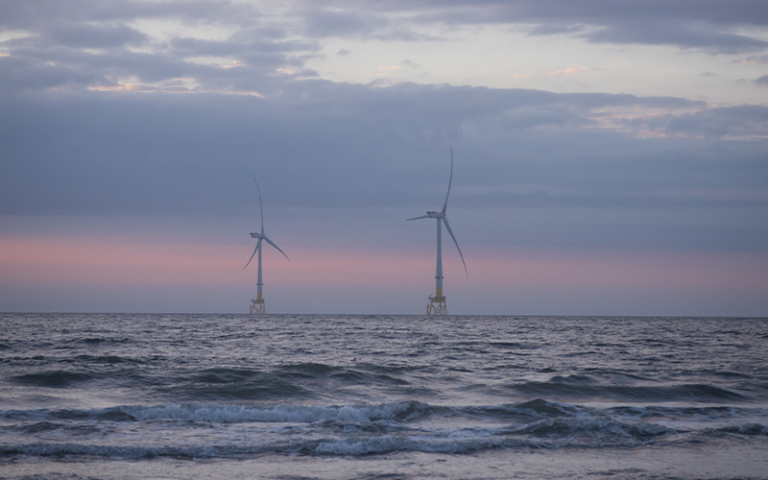Government action to shape markets can meet the goals of the Paris Agreement and boost economies
2 November 2021
Leading economists and scientists call on governments to learn from interventions that drove success of solar, wind and LED industries.

Governments must intervene to shape markets for new clean energy technologies in order to drive the rapid change necessary to meet international climate targets, finds a report launched at COP26 today by leading international economists and policy experts, including ISR researchers Michael Grubb, Paul Drummond and Ben Hinder.
It shows how targeted policy support and investment has led to dramatic cost reductions and huge market growth in wind and solar power and LED lighting, and it calls on governments to adopt the same approach to accelerate new low-carbon industries, such as electric vehicles and steelmaking.
It says market-shaping policies can play a key role in supporting global ambitions to accelerate new clean energy technologies, encouraging international collaboration to drive rapid innovation and scale this decade - a central pillar of the COP26 conference.
The New Economics of Innovation and Transition: Evaluating Opportunities and Risks, finds that policy support and government-led investment in clean technologies shapes the growth of markets, unlocks further private sector investment, and can rapidly drive down costs. With the right policies in place, clean technology markets have grown and costs fallen much faster than most people expected.
Analysis of the growth of the wind, solar and LED industries shows that market shaping policies are at least as important as R&D in accelerating innovation. Yet these policies are often not supported by the cost benefit analysis commonly used by governments to appraise public policy. Some of the policies most critical to success were implemented despite, not because of, the predominant economic advice.
The report findings show that governments should be more aware of the potential for policy-driven innovation to drive economic growth as well as to meet the net zero commitments that now cover 75% of global GDP. It offers a new framework for government leaders and policy makers to guide decisions on how to stimulate clean energy innovation, considering not just costs and benefits, but also opportunities and risks. It also warns that while carbon pricing can be helpful in the right circumstances, it will not be enough on its own, and other policies may be more effective in bringing new clean technologies to market and driving innovation, investment and cost reduction.
Investment into clean energy sectors, including power generation, electricity grids, road transport, steelmaking and hydrogen, could support 65 million jobs and $26 trillion of benefits by 2030. The markets expected to grow most quickly and attract most investment will be those with clear, ambitious and supportive policies.
ISR Deputy Director Professor Michael Grubb:
“The policies that drove major breakthroughs in low-carbon technologies like wind and solar, were challenged by traditional economic advice, which ignored the role of innovation, framing climate policy as costly. We need to learn from these successes that delivering ‘net zero’ will require more sophisticated economic understanding of innovation and transition, more widely applied.”
People
Collaborators
- UK: University of Oxford, University of Cambridge, University College London, Anglia Ruskin University, Cambridge Econometrics, Climate Strategies,
- India: The Energy and Resources Institute, World Resources Institute,
- China: Tsinghua University, Energy Research Institute,
- Brazil: Federal University of Rio de Janeiro (UFRJ), University of Brasilia, University of Campinas (UNICAMP),
- EU: Scuola Superiore di Studi Universitari e di Perfezionamento Sant’Anna.
Photo by Seema Miah on Unsplash
 Close
Close

